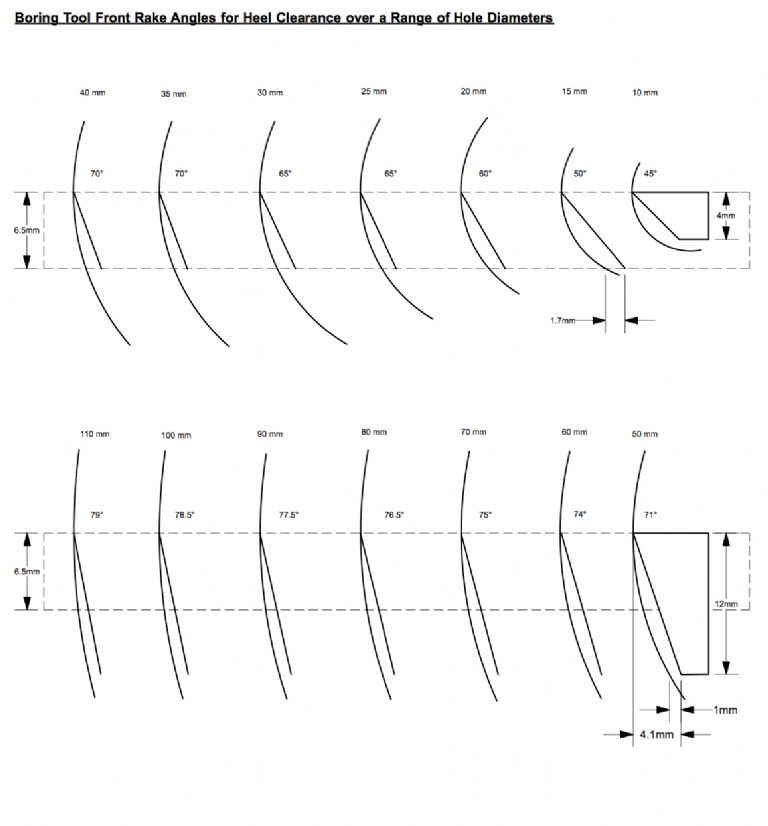Boring Cutter Sharpening
Boring Cutter Sharpening
- This topic has 12 replies, 8 voices, and was last updated 20 March 2022 at 12:51 by
Martin Johnson 1.
Viewing 13 posts - 1 through 13 (of 13 total)
Viewing 13 posts - 1 through 13 (of 13 total)
- Please log in to reply to this topic. Registering is free and easy using the links on the menu at the top of this page.
Latest Replies
Viewing 25 topics - 1 through 25 (of 25 total)
-
- Topic
- Voices
- Last Post
Viewing 25 topics - 1 through 25 (of 25 total)
Latest Issue
Newsletter Sign-up
Latest Replies
- I’m Under Pressure
- Square end on round stock – Milling?
- File backup to external hard drive, incremental etc?
- Boiler Design – issue 4765
- Transwave converter – plugged in motor, tripped RCD
- Sat nag
- motor and switch wiring Myford ML7
- Taylor Hobson cutter grinder modificaton
- Easiest/cheapest source of R8 socket
- Twin Engineering’s heavy mill/drill quill removal









